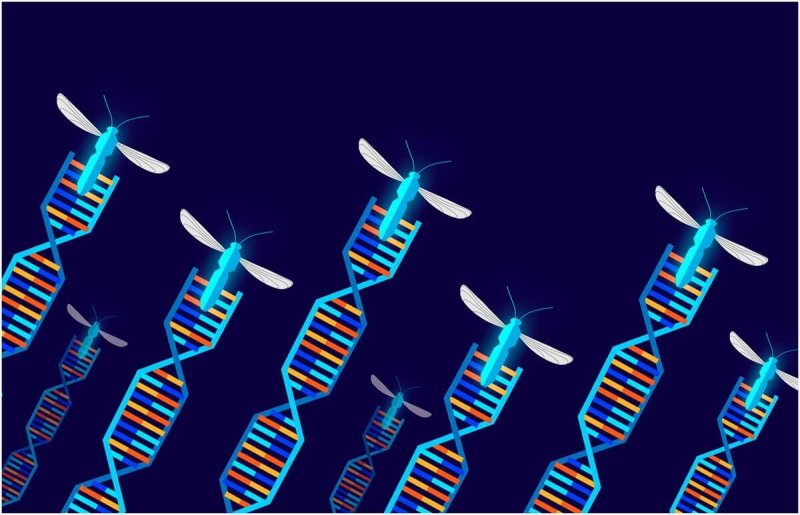Gene driving is the process of introducing altered genes into a population capable of inducing infertility in females — which lets scientists control population size. But this tactic faces technical difficulties like controlling the spread of altered genes while specific animals that are part of the gene drive population mate with uncontrolled populations — in addition to genetic resistance, which can reduce the effectiveness of gene drive efforts.
To overcome these issues, Nicky Faber and colleagues used computer modeling to evaluate the effectiveness of a combination of three distinct gene drive technologies — with the gray squirrel playing a leading role in a case study.
The study authors discovered that the combined gene drive, called “? HD-ClvR ?” successfully suppressed a target population of gray squirrels, with minimal risk to other populations.
With the substantial uptick in “alien” (or non-native) species globally, scientists and engineers will have to find new ways of adjusting the animal populations if we want to maintain current balances of biodiversity across species in specific regions. Naturally, reducing carbon emissions and embracing proven sustainable energy alternatives might slow the migration and introduction of new species into unprepared environments, but genetic driving could be a major tool in maintaining the delicate balance of animal populations.
































